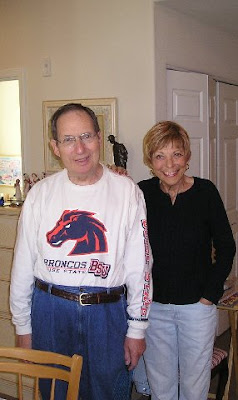 With the yellow fall leaves falling to the ground it is most ironic that news of the death of my cousin Janice reached me this day. I will miss sharing with her. More than a cousin, she was my friend. She was an amazing journalist and storyteller with a great sense of humor. She will be well remembered by many wonderful people in Palm Springs where she has supportive friends and was a reporter with the Sun for many years,
With the yellow fall leaves falling to the ground it is most ironic that news of the death of my cousin Janice reached me this day. I will miss sharing with her. More than a cousin, she was my friend. She was an amazing journalist and storyteller with a great sense of humor. She will be well remembered by many wonderful people in Palm Springs where she has supportive friends and was a reporter with the Sun for many years,Jan could count among her friends the late President Ford, Sonny Bono, Artie Shaw and the actor Mel Ferrer. The collection of photos in her home of fabulous people she knew in her Palm Springs life is fresh in my memory.
I enjoyed my short time with Jan. Just recently we exchanged e-mails on Hollywood actors she knew based on autobiographies I sent her. She was a source for a biography on Bob Hope that a writer was researching when I visited her in 2005 in Palm Springs where we saw a performance by 40s era swing singer Beryl Davis who was a good friend of Jan’s.
More than that Jan was a caring mom and supportive of her wonderfully creative children. She made sure that I had copies of all the books written by her and her children. I recently wrote a review posted on the internet and led a discussion on her last book, “Active Senior Living”, for a senior group in Minnesota. I shared the book with her Auntie Gertie, my 96-year-old mom, who said she enjoyed Jan’s book.
Jan was a fighter and an inspiration. We grew up together in Eastern Washington and the Idaho Panhandle, having fun times at Loon Lake, Spirit Lake, Diamond Lake and Walla Walla, and she was a gracious host and supportive when I lived in Northern California in the 60s. I have many fond memories of cousin Jan.
